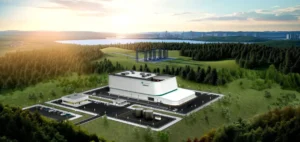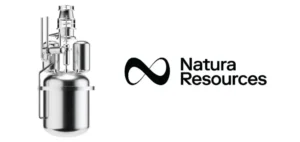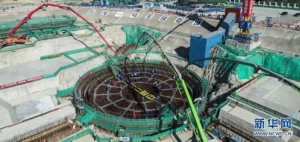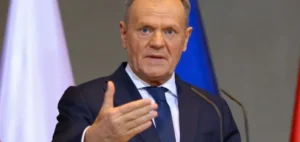Commercial agreements were signed between the participating organizations at a launch ceremony held in Seoul on July 4.
The SMR Alliance in Korea: A public-private partnership for SMR development
The SMR (small modular reactor) Alliance comprises 11 government and public institutions, including the Ministry of Trade, Industry and Energy (MOTIE), Korea Hydro & Nuclear Power (KHNP) and the Korea Energy Economics Institute, as well as 31 companies, including GS Energy, SK Inc. Samsung C&T, Daewoo E&C and Doosan Enerability. The SMR Alliance plans to draw up SMR business strategies and establish an institutional foundation with the aim of fostering public and private capabilities to strengthen national competitiveness in the SMR field. To this end, it manages sector-specific working groups, such as a business development working group and an institutional improvement working group.
The alliance plans to prepare suggestions for business models and institutional improvements by the first half of 2024, and aims to promote the launch of the RMS Association and actively support the creation of the RMS ecosystem from the first half of next year.
Speaking at the launch ceremony, Industry Minister Lee Chang-yang said, “The public and private sectors must respond jointly to the changes RMS will bring. Companies will prepare business plans that people can trust, and the government will spare no strategic support to foster the RMS industry.” “The private sector, government and public institutions have come together to take a significant first step,” said Donghyun Jang, Vice President of SK Holdings, who has been appointed the first Chairman of the SMR Alliance.
“We will try in many ways. We will join forces to ensure RMS leadership in the global market, including supply chain configuration and corporate participation.” “Our efforts can only go so far, unless the government revises energy laws and presents medium- and long-term policies to include nuclear power in the country’s energy plan,” he said.
“Action is needed to ensure that strong local players find a place in the global supply chain for sustainable growth.”
Korea’s SMART reactor: an advanced solution for power generation
In April, US nuclear innovation company TerraPower announced that it had signed a collaboration agreement with Saskatchewan and KHNP to support the demonstration and commercialization of its Natrium MRP and integrated energy system. SK Inc and SK Innovation – both affiliated to SK Group, Korea’s second-largest conglomerate – invested $250 million in TerraPower last August in an $830 million fund-raising round, the largest private fund-raising among advanced nuclear companies to date.
Last August, MOTIE signed a memorandum of understanding with KHNP, Doosan Enerbility and nuclear equipment and materials manufacturers to revitalize South Korea’s nuclear industry. The MoU aims to enhance the competitiveness of the nuclear industry ecosystem through shared growth, working together to contribute to carbon neutrality, responding to the energy crisis and stabilizing electricity supply.
Korea’s SMART (System-integrated Modular Advanced Reactor) is a 330 MWt pressurized water reactor with integrated steam generators and advanced safety features. The unit is designed for power generation (up to 100 MWe) as well as for thermal applications, such as seawater desalination, with a service life of 60 years and a refueling cycle of three years. Although the basic design is complete, development has been stalled by the lack of orders for an initial reference unit.
Developed by the Korea Atomic Energy Research Institute (KAERI), SMART received standard design approval from the Korean regulator in mid-2012. KAERI had planned to build a demonstration plant from 2017.






















